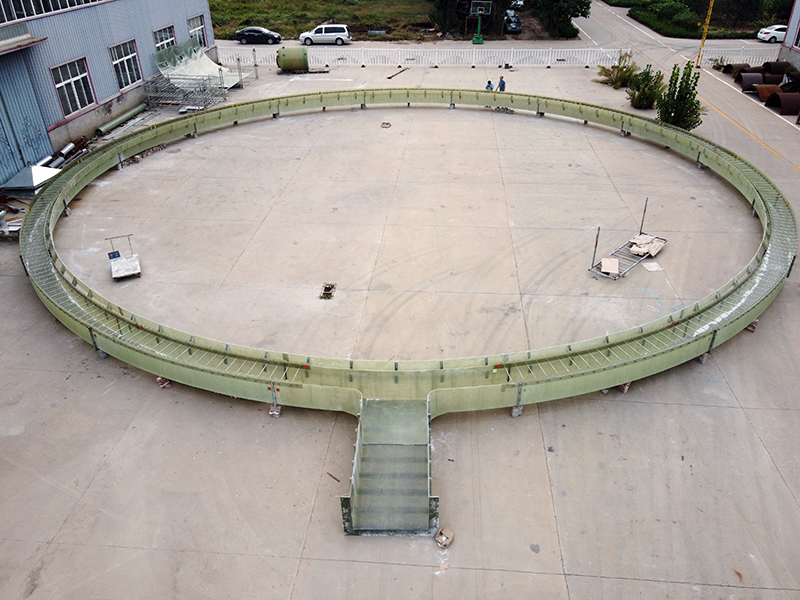
-
 Afrikaans
Afrikaans -
 Albanian
Albanian -
 Amharic
Amharic -
 Arabic
Arabic -
 Armenian
Armenian -
 Azerbaijani
Azerbaijani -
 Basque
Basque -
 Belarusian
Belarusian -
 Bengali
Bengali -
 Bosnian
Bosnian -
 Bulgarian
Bulgarian -
 Catalan
Catalan -
 Cebuano
Cebuano -
 China
China -
 China (Taiwan)
China (Taiwan) -
 Corsican
Corsican -
 Croatian
Croatian -
 Czech
Czech -
 Danish
Danish -
 Dutch
Dutch -
 English
English -
 Esperanto
Esperanto -
 Estonian
Estonian -
 Finnish
Finnish -
 French
French -
 Frisian
Frisian -
 Galician
Galician -
 Georgian
Georgian -
 German
German -
 Greek
Greek -
 Gujarati
Gujarati -
 Haitian Creole
Haitian Creole -
 hausa
hausa -
 hawaiian
hawaiian -
 Hebrew
Hebrew -
 Hindi
Hindi -
 Miao
Miao -
 Hungarian
Hungarian -
 Icelandic
Icelandic -
 igbo
igbo -
 Indonesian
Indonesian -
 irish
irish -
 Italian
Italian -
 Japanese
Japanese -
 Javanese
Javanese -
 Kannada
Kannada -
 kazakh
kazakh -
 Khmer
Khmer -
 Rwandese
Rwandese -
 Korean
Korean -
 Kurdish
Kurdish -
 Kyrgyz
Kyrgyz -
 Lao
Lao -
 Latin
Latin -
 Latvian
Latvian -
 Lithuanian
Lithuanian -
 Luxembourgish
Luxembourgish -
 Macedonian
Macedonian -
 Malgashi
Malgashi -
 Malay
Malay -
 Malayalam
Malayalam -
 Maltese
Maltese -
 Maori
Maori -
 Marathi
Marathi -
 Mongolian
Mongolian -
 Myanmar
Myanmar -
 Nepali
Nepali -
 Norwegian
Norwegian -
 Norwegian
Norwegian -
 Occitan
Occitan -
 Pashto
Pashto -
 Persian
Persian -
 Polish
Polish -
 Portuguese
Portuguese -
 Punjabi
Punjabi -
 Romanian
Romanian -
 Russian
Russian -
 Samoan
Samoan -
 Scottish Gaelic
Scottish Gaelic -
 Serbian
Serbian -
 Sesotho
Sesotho -
 Shona
Shona -
 Sindhi
Sindhi -
 Sinhala
Sinhala -
 Slovak
Slovak -
 Slovenian
Slovenian -
 Somali
Somali -
 Spanish
Spanish -
 Sundanese
Sundanese -
 Swahili
Swahili -
 Swedish
Swedish -
 Tagalog
Tagalog -
 Tajik
Tajik -
 Tamil
Tamil -
 Tatar
Tatar -
 Telugu
Telugu -
 Thai
Thai -
 Turkish
Turkish -
 Turkmen
Turkmen -
 Ukrainian
Ukrainian -
 Urdu
Urdu -
 Uighur
Uighur -
 Uzbek
Uzbek -
 Vietnamese
Vietnamese -
 Welsh
Welsh -
 Bantu
Bantu -
 Yiddish
Yiddish -
 Yoruba
Yoruba -
 Zulu
Zulu
frp flooring
Understanding FRP Flooring A Modern Solution for Versatile Spaces
FRP flooring, or Fiber Reinforced Polymer flooring, has emerged as an innovative and practical choice for various applications in fields ranging from industrial environments to residential settings. With its unique combination of strength, durability, and versatility, FRP flooring is rapidly becoming a preferred option among architects, builders, and homeowners.
What is FRP Flooring?
FRP flooring is engineered from a composite material that consists of a polymer matrix reinforced with fiberglass. This combination creates a flooring solution that exhibits remarkable strength-to-weight ratios, making it both lightweight and exceptionally resilient. The fiberglass reinforcement not only enhances the mechanical properties of the flooring but also provides excellent resistance against various environmental factors such as chemicals, moisture, and UV radiation.
Advantages of FRP Flooring
1. Durability One of the most significant benefits of FRP flooring is its impressive durability. Unlike traditional flooring materials, FRP is resistant to wear and tear, making it suitable for high-traffic areas. It can withstand heavy loads, which is particularly advantageous in industrial settings where machinery and equipment are frequently used.
2. Chemical Resistance FRP flooring is engineered to withstand exposure to various chemicals, including acids, solvents, and alkalis. This resistance makes it ideal for laboratories, chemical processing plants, and food processing facilities where spills and chemical exposure are common.
3. Moisture Resistance The non-porous surface of FRP flooring prevents water absorption, reducing the risk of mold and mildew growth. This characteristic is especially beneficial in environments where moisture is prevalent, such as bathrooms, kitchens, and outdoor spaces.
frp flooring

4. Easy Maintenance Cleaning and maintaining FRP flooring is relatively simple. Its smooth surface does not harbor dirt or bacteria, making it easy to wipe clean. Additionally, it doesn't require the same level of upkeep as materials like wood or natural stone, which may require sealing or refinishing.
5. Design Flexibility FRP flooring comes in a variety of colors, textures, and finishes, allowing for creative design solutions. Whether you're looking for a sleek industrial look or a vibrant aesthetic for a retail space, FRP flooring can be customized to fit your vision.
6. Lightweight The lightweight nature of FRP flooring makes it much easier to transport and install compared to heavier materials like concrete or ceramic tiles. This can lead to savings on both labor and transportation costs, making it a cost-effective flooring solution.
Applications of FRP Flooring
Given its numerous advantages, FRP flooring finds applications in a wide range of sectors
- Industrial Facilities Warehouses, manufacturing plants, and assembly lines benefit from the durability and safety features of FRP flooring. - Commercial Spaces Retail stores and showrooms utilize FRP flooring for its attractive aesthetics and ability to withstand heavy foot traffic. - Healthcare Facilities Hospitals and clinics appreciate the hygienic and easy-to-clean nature of FRP flooring, helping to create sterile environments. - Residential Use Homeowners are increasingly opting for FRP flooring in basements, laundry rooms, and even outdoor patios due to its versatility and convenience.
Conclusion
In conclusion, FRP flooring provides a modern solution for those looking to balance aesthetics with performance. Its robust properties make it suitable for a wide range of applications, while its customizable nature allows for creative freedom in design. As industries continue to prioritize durability and functionality, the popularity of FRP flooring is expected to grow. For any space that demands resilience, ease of maintenance, and a touch of style, FRP flooring stands out as an exceptional choice. Whether you're renovating a home or outfitting a commercial facility, FRP flooring is worth considering for its myriad benefits and modern-day relevance.
Latest news
-
Exploring the Benefits of Top Hammer Drifter Rods for Enhanced Drilling PerformanceNewsJun.10,2025
-
High-Precision Fiberglass Winding Machine for GRP/FRP Pipe Production – Reliable & Efficient SolutionsNewsJun.10,2025
-
FRP Pipes & Fittings for Shipbuilding - Corrosion-Resistant & LightweightNewsJun.09,2025
-
Premium FRP Flooring Solutions Durable & Slip-ResistantNewsJun.09,2025
-
Premium Fiberglass Rectangular Tanks Durable & Lightweight SolutionNewsJun.09,2025
-
Tapered Drill String Design Guide Durable Performance & UsesNewsJun.09,2025









